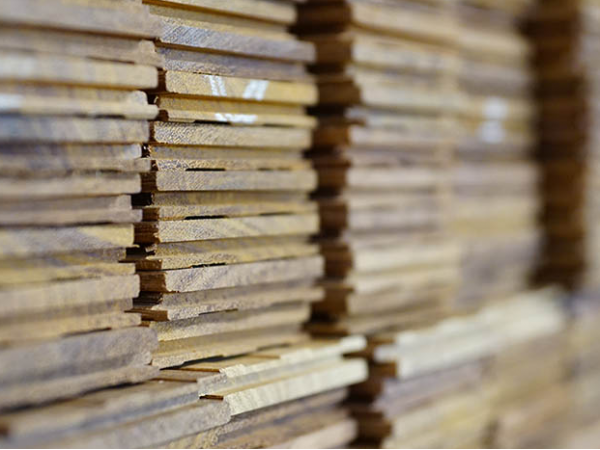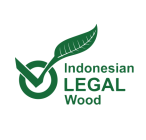
Bangkirai (or sometimes named Balau) is a highly rated timber that is frequently used for trusses and structural wood members in areas where termites habitat, however, it is fiction to believe that Bangkirai is 100% termite resistant as many others tend to believe.
Bangkirai is listed in durability class 2, which means that the above-ground life expectancy of untreated (no coating applied) Bangkirai is at least 15 years. When Bangkirai is maintained on a 2 to 3-year recurrent basis the life time will increase to at least 40 years or more.
The wood texture of Bangkirai ranges from fine to rather coarse. The grain is straight or interlocked. The wood surface is smooth or alternately smooth and rough owing to the interlocked grain. Wood surface is glossy. Reddish heartwood and yellowish pale to light brown sapwood. Bangkirai when kiln dried may show some minor cracks after the process. These cracks will open and close as the surrounding humidity changes. When untreated Bangkirai is left in the open it will turn black.
Bangkirai has a high strength and durability, is hard and heavy with high stiffness and shock resistance. Excellent decay resistance and dimensional stability. However, Bangkirai will show tiny cracks due to its natural tendency to shrink a bit over time (even after kiln drying). It is therefore less suitable for the use in doors, windows, flooring and/or sidings, in particular in an arid environment. Nonetheless, if such tiny cracks are accepted (giving it an antique look), Bangkirai is an extremely durable hardwood and will last a life time. Bangkirai comes in two classes. A and B, whereas A is heartwood and B is sapwood.
Source: baliwoodworld.com






Add your comment